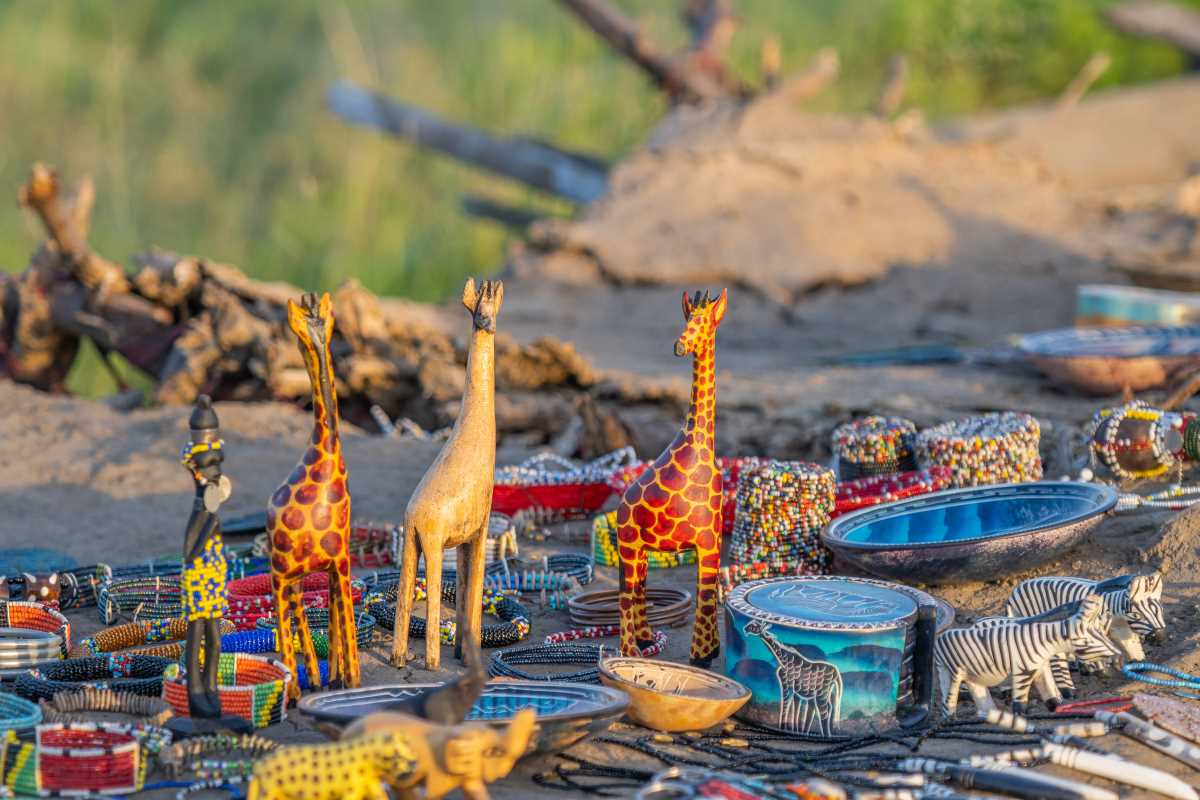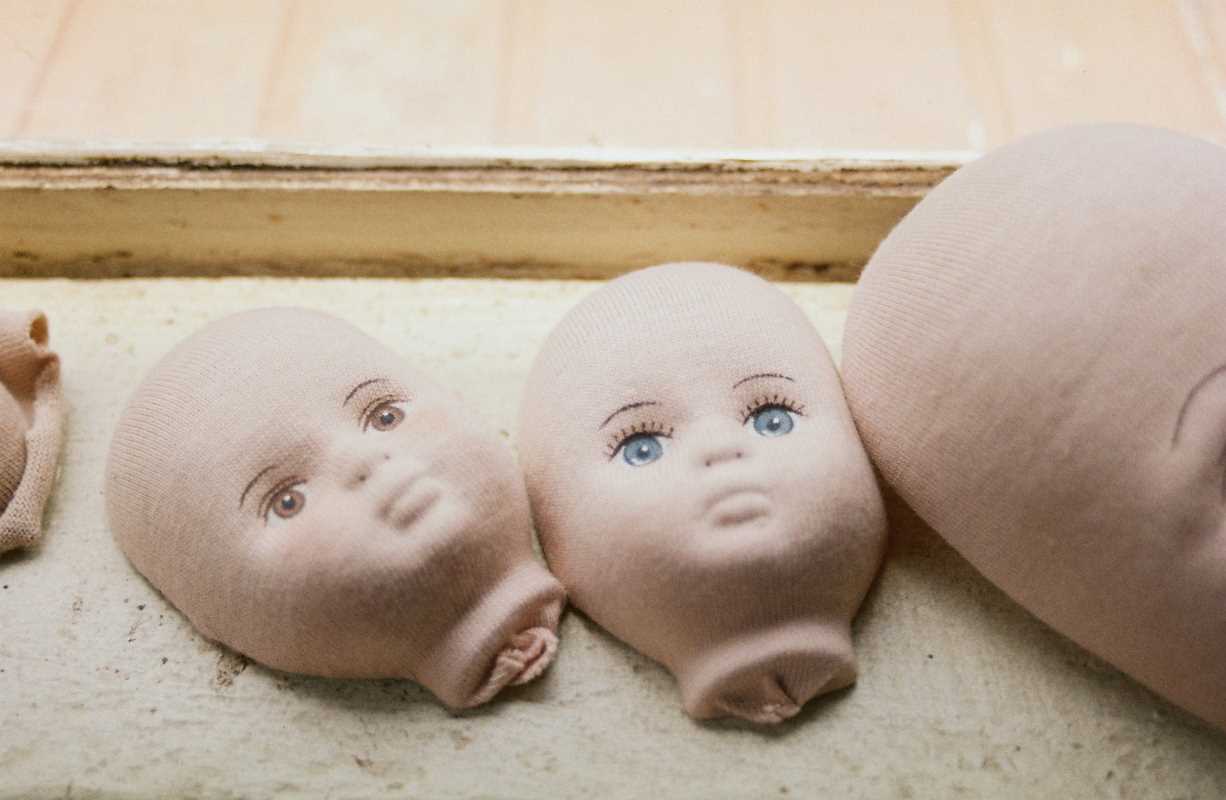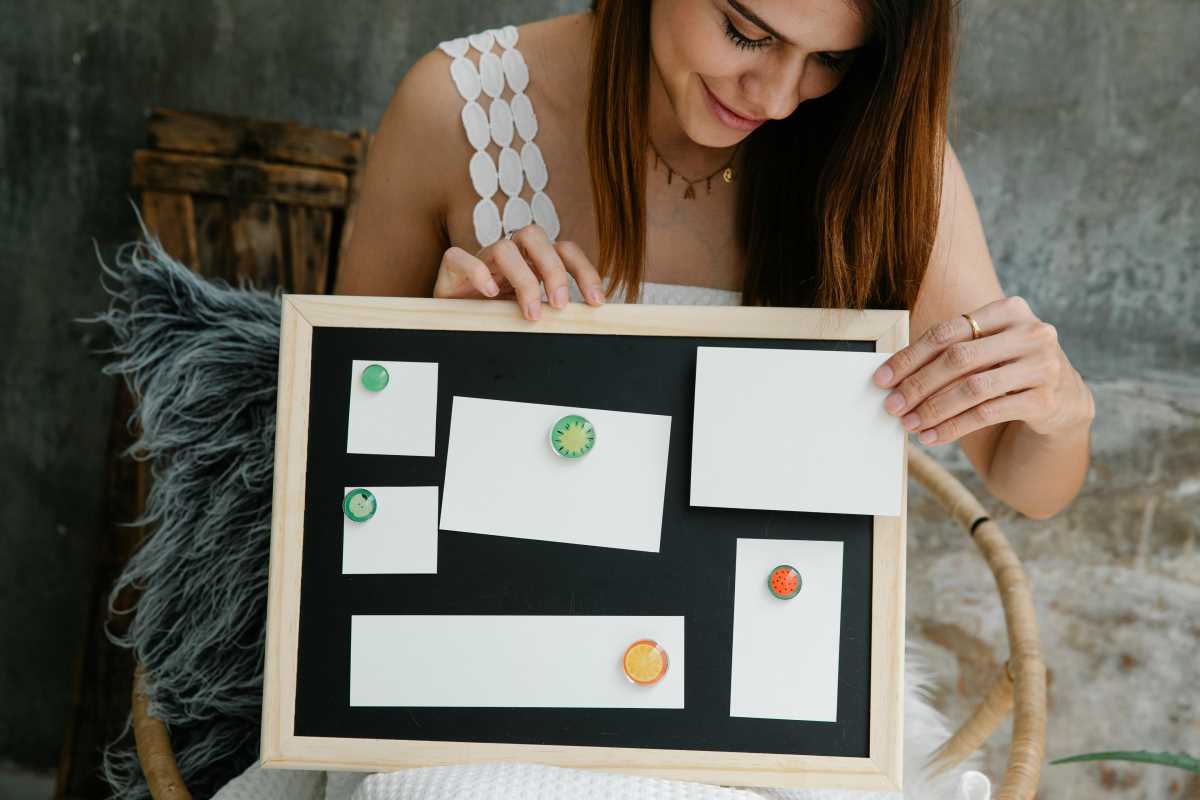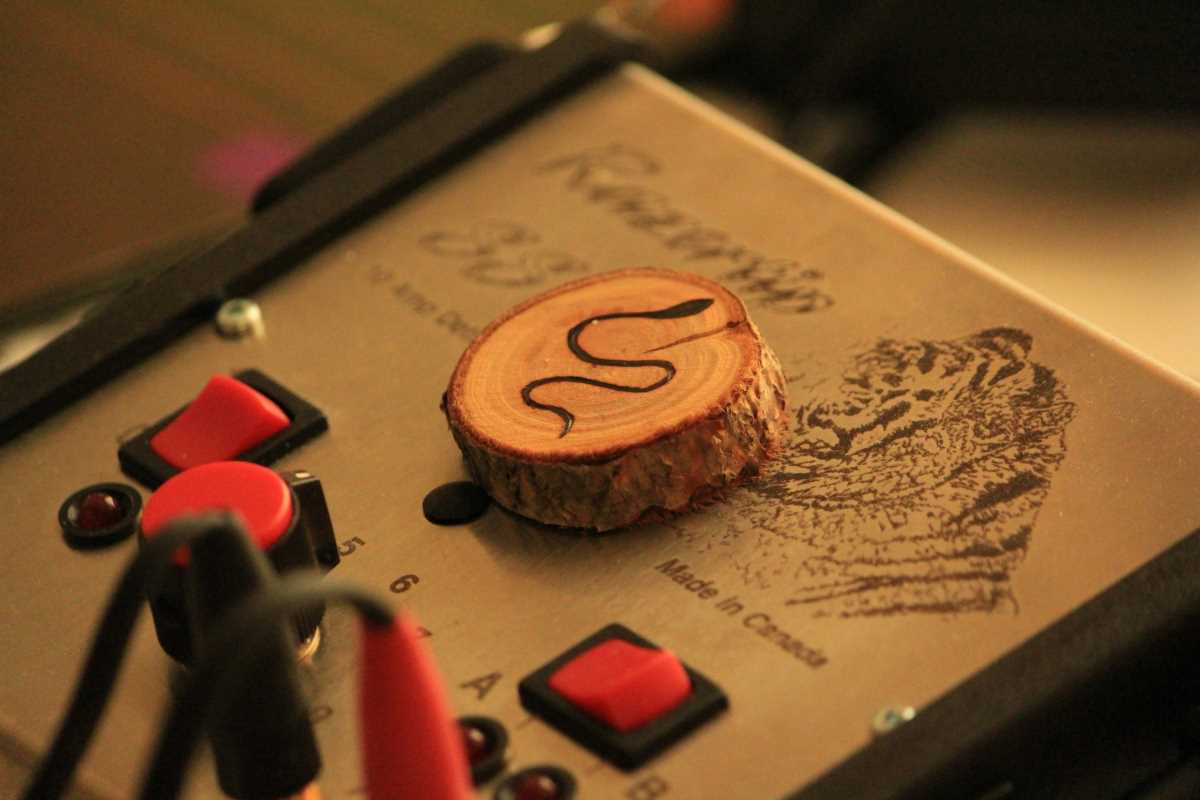Working with sculpture on a small scale offers a unique experience that draws your focus to every detail. As you press soft polymer into miniature shapes, your senses tune in to subtle textures and the character of each form. This hands-on process encourages you to experiment, discover new possibilities, and enjoy the satisfaction that comes from creating something intricate. Crafting miniatures brings a sense of playfulness, yet it also draws you deeply into the creative moment, helping you notice things you might miss when working larger. The result is an engaging and rewarding way to express your creativity.
In the sections that follow, you’ll discover how creating small figures or charms can heighten your craft toolkit. You’ll learn which tools and approaches unlock precision, how to assemble materials effectively, and insider tips that experienced makers use to go from rough shapes to delicate details.
Why Miniature Sculptures Enrich Your Craft
Working in a scaled-down medium requires a blend of precision and imagination. As you mold grips and gestures at fingertip size, you strengthen coordination between your eyes and hands. This process trains your brain to spot subtle transitions and refine control over fine motor skills.
When a figure measures only a few millimeters tall, every added ridge or indentation jumps into focus. That heightened awareness often translates back to larger projects, improving your overall sculpting technique and helping you notice details you might have ignored before.
Focus and Detail: The Unexpected Rewards
Creating tiny sculptures encourages a meditative flow state where distractions fall away. As you roll, pinch, and carve fractions of an inch, your mind settles into a rhythm that balances concentration with creative experimentation. That immersive attention feels refreshing compared to rushing through bigger pieces.
Working small also makes it easier to complete projects quickly, giving you a sense of achievement after each session. Those speedy successes motivate you to try new shapes or decorative touches that you might otherwise postpone, keeping your enthusiasm high and your skills growing.
Essential Steps and Supplies
- Conditioning Clay
- Purpose: Soften polymers for flexible shaping
- Steps:
- Warm a pea-sized piece in your hands
- Fold it repeatedly until the color and texture appear uniform
- Tear it into thin logs for easy blending
- Cost & Availability: A 2-ounce pack costs around $5 at craft stores and online
- Insider Tip: Reserve small leftover scraps in a sealed plastic pouch to avoid waste and mix them into new batches for unique marbled effects
- Precision Blades
- Purpose: Carve sharp lines and separate sections cleanly
- Steps:
- Hold the blade at a slight angle to avoid gouging
- Score gently along your outline, applying light pressure
- Lift cut sections with tweezers for delicate removal
- Cost & Availability: Quality hobby blades run about $4 for a five-pack; available in art-supply aisles
- Insider Tip: Change blades when they start to drag; a fresh edge prevents accidental tearing of fragile mini pieces
- Fine-Tip Tools
- Purpose: Add textures like fur, scales, or miniature inscriptions
- Steps:
- Select a tool with a needlepoint or micro ball end
- Lightly tap or drag over the clay surface in consistent strokes
- Clean tool tips with rubbing alcohol between passes
- Cost & Availability: A set of three metal styluses costs around $6 and appears in model-making kits
- Insider Tip: Keep a damp cloth nearby to wipe off residue quickly so lines stay crisp and don’t smear as you work
- Miniature Cutters
- Purpose: Stamp out shapes such as leaves, petals, or geometric patterns
- Steps:
- Position a flattened clay sheet on a firm, clean surface
- Press the cutter evenly and twist slightly before lifting
- Premix scraps from negative spaces for mosaic-style details
- Cost & Availability: Small cutters start near $2 each and pop up in jewelry-making sections
- Insider Tip: Warm the cutter under hot water briefly so it glides through clay smoothly without sticking or pulling edges
- Compact Oven Sanding
- Purpose: Refine baked pieces to smooth finishes
- Steps:
- Preheat your countertop toaster oven to the recommended temperature printed on the package
- Place pieces on an uncoated steel tray to avoid discoloration
- After baking, lightly sand with progressively finer grit (400 to 1200) on curved surfaces
- Cost & Availability: A small toaster oven costs about $30, and sanding paper costs under $5 for multiple sheets
- Insider Tip: Let pieces cool fully before sanding to prevent fingerprints and maintain crisp shapes
Techniques for Shaping and Detailing
- Begin with a Rough Base – Roll clay into basic shapes like spheres or cylinders that match your intended miniature. Use a digital caliper to measure diameters within 0.5 mm to keep sizes consistent.
- Layer Textures Gradually – Apply very thin sheets of contrasting-hue clay, pressing them lightly to follow underlying curves. Use a soft brush to burnish edges and blend color transitions seamlessly.
- Mix Colors Early – Gently blend two clay hues for gradient effects instead of painting after baking. This approach prevents cracking and produces more natural-looking results.
- Use Bright Overhead Lighting – Position a lamp above your workspace to eliminate shadows. Viewing your piece from multiple angles during sculpting helps ensure balance and symmetry in all directions.
- Finish with Gloss or Matte – After sanding, apply a thin coat of varnish to seal surfaces. A glossy finish makes vibrant shades stand out, while matte softens bright spots and conceals minor imperfections.
When you look for inspiration for charm ideas, observe how artists combine these core steps.
Creative Ideas and Finishing Touches
Enhance your miniature sculptures with mixed-media touches like wire, beads, or metal findings for added detail and strength. Join maker communities for inspiration and explore tutorials to expand your techniques. These small projects sharpen your skills and bring depth to your overall craft.
 (Image via
(Image via





